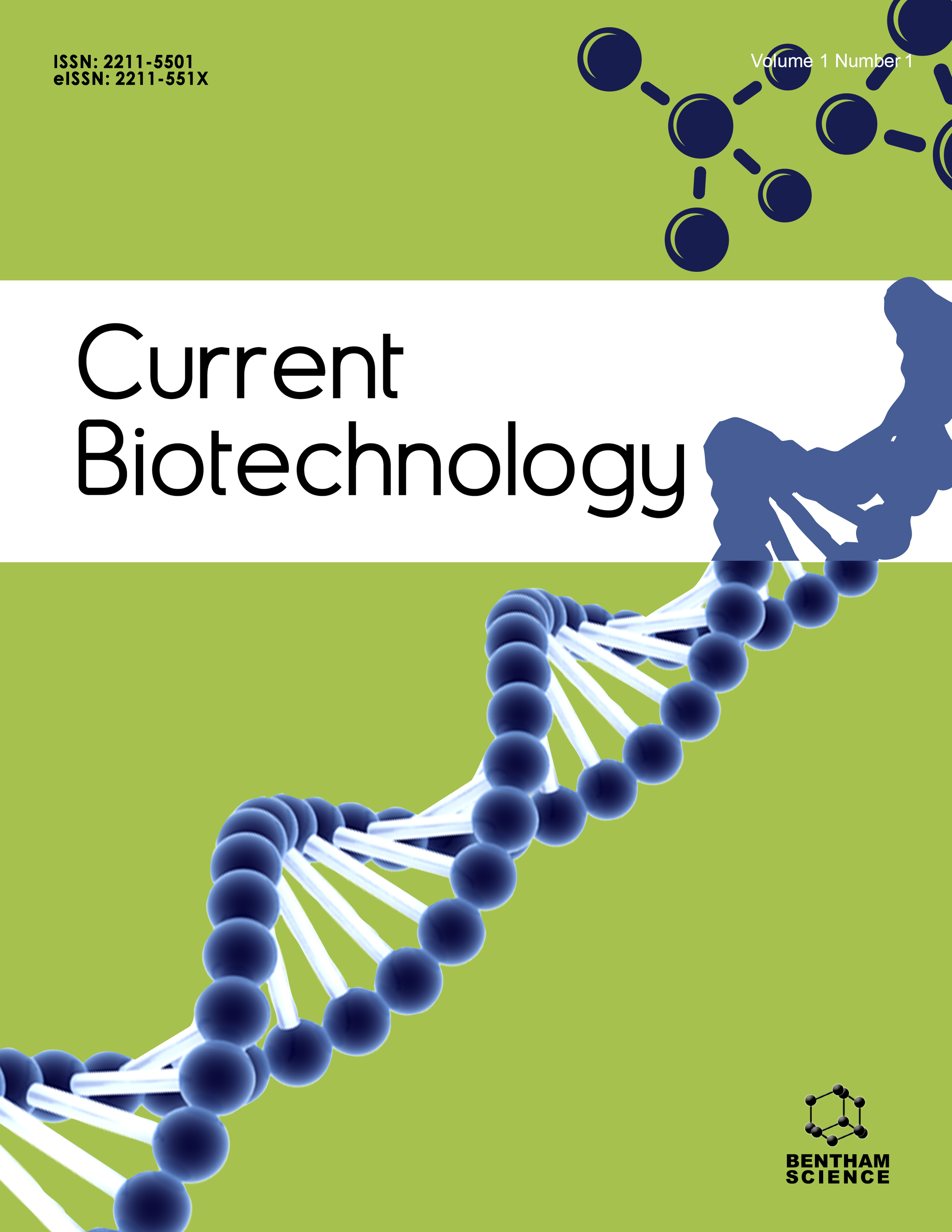
Full text loading...
We use cookies to track usage and preferences.I Understand
The specialized metabolism of the members of class Actinomycetes served as one of the deepest sources of compounds for the pharmaceutical industry. Within this class species of genus Streptomyces stand out as the most diverse and prolific producers of novel scaffolds. At some point at the end of the 20th century, chemical-microbiological screening of actinomycetes seemed to largely sample their specialized metabolism chemical space. Contrary to traditional discovery methods that directly focus on the molecule or its bioactivity, the availability of sequenced actinomycete genomes opens the door for novel biosynthetic gene clusters (BGC) for specialized metabolism. The genome-based approaches reveal the striking richness and diversity of BGCs, to which the “pre-genome” discovery paradigm was myopic. In most cases, small molecules encoded within these BGCs remain unknown, and finding efficient ways to probe such unexplored BGCs becomes one of the pressing issues of current biotechnology. Here, the focus is on the biology of pleiotropic transcriptional factor (TF) AdpA, whose gene is invariably present in Streptomyces genomes. The review will portray how this TF impacts the morphogenesis and metabolism of Streptomyces and how it can be exploited to discover novel natural products.

Article metrics loading...

Full text loading...
References


Data & Media loading...

